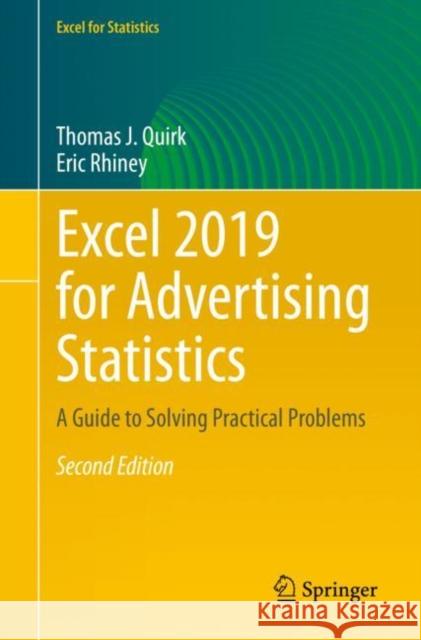Excel 2019 for Advertising Statistics: A Guide to Solving Practical Problems » książka
topmenu
Excel 2019 for Advertising Statistics: A Guide to Solving Practical Problems
ISBN-13: 9783030392536 / Angielski / Miękka / 2020 / 254 str.
Excel 2019 for Advertising Statistics: A Guide to Solving Practical Problems
ISBN-13: 9783030392536 / Angielski / Miękka / 2020 / 254 str.
cena 201,72
(netto: 192,11 VAT: 5%)
Najniższa cena z 30 dni: 192,74
(netto: 192,11 VAT: 5%)
Najniższa cena z 30 dni: 192,74
Termin realizacji zamówienia:
ok. 22 dni roboczych
Bez gwarancji dostawy przed świętami
ok. 22 dni roboczych
Bez gwarancji dostawy przed świętami
Darmowa dostawa!
Kategorie:
Kategorie BISAC:
Wydawca:
Springer
Seria wydawnicza:
Język:
Angielski
ISBN-13:
9783030392536
Rok wydania:
2020
Wydanie:
2020
Numer serii:
000765841
Ilość stron:
254
Waga:
0.39 kg
Wymiary:
23.39 x 15.6 x 1.47
Oprawa:
Miękka
Wolumenów:
01
Dodatkowe informacje:
Wydanie ilustrowane











